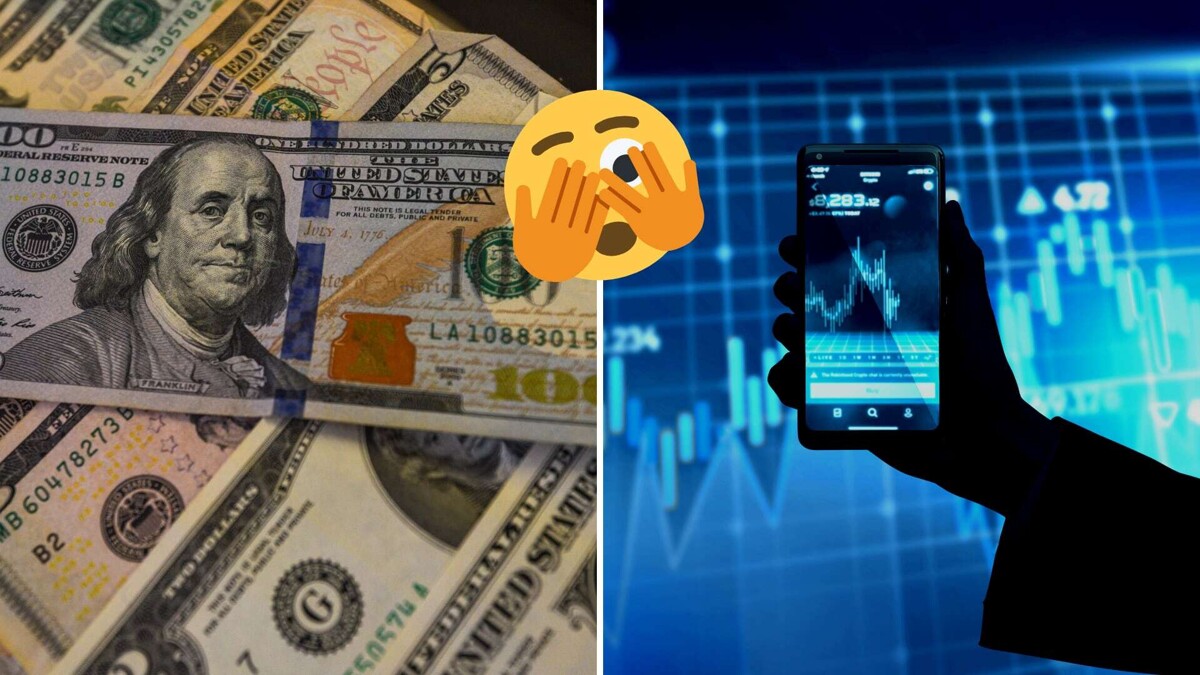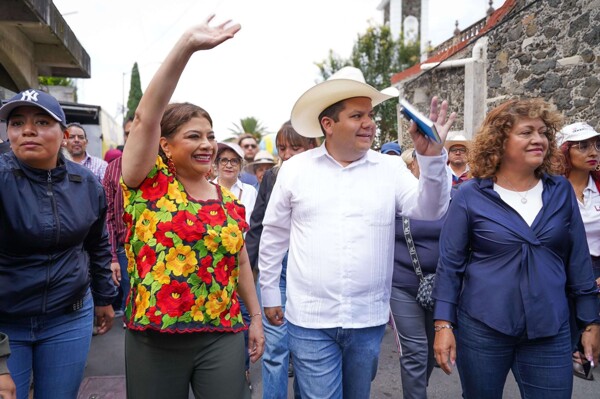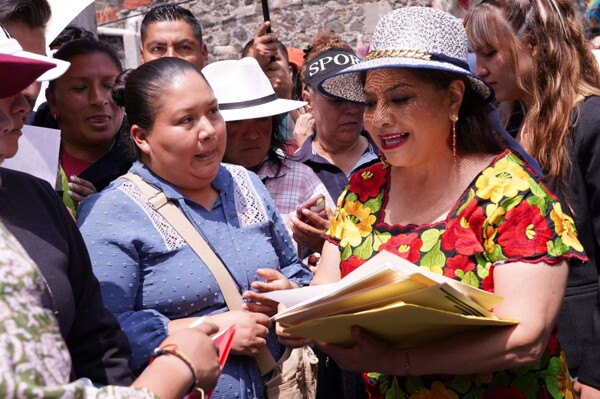
The fear of a tariff war between Mexico and the United States had a negative impact on financial markets, with the dollar reaching a high of 20.99 pesos and a 2% drop in the Stock Exchange. This situation was triggered by the implementation of a 25% tariff on all Mexican products exported to the U.S., which initially pushed the exchange rate to nearly 21 pesos per dollar. However, by the end of the day, losses dissipated due to the possibility that the United States would reverse the application of tariffs on products from Mexico and Canada.
The Mexican Stock Exchange started the day with a decline of almost 2%, but managed to recover and close in positive territory, with an advance of 0.58%. On the other hand, the Institutional Stock Exchange also experienced an initial drop of 2.15%, which turned into a gain of 0.53% by the end of the day. The uncertainty surrounding the imposition of tariffs caused nervousness in the markets, but statements from U.S. officials about a possible reversal of the measure helped calm the situation.
The Director of Economic Analysis at Grupo Financiero BASE, Gabriela Siller Pagaza, highlighted that the possible suspension of the tariffs is a positive signal that could prevent the Mexican economy from falling into recession. Despite this, if the tariff is maintained in the long term, trade flow between both countries could decrease, which would adversely affect the Mexican economy.
The impact of tariffs and the threat of a trade war generated strong volatility in the exchange rate and in the Mexican Stock Exchanges. Mexico's dependence on the U.S. market means that the imposition of tariffs poses a risk to the country's economy, with estimates suggesting a possible GDP decline of up to 4% if the measure extends for a year.














